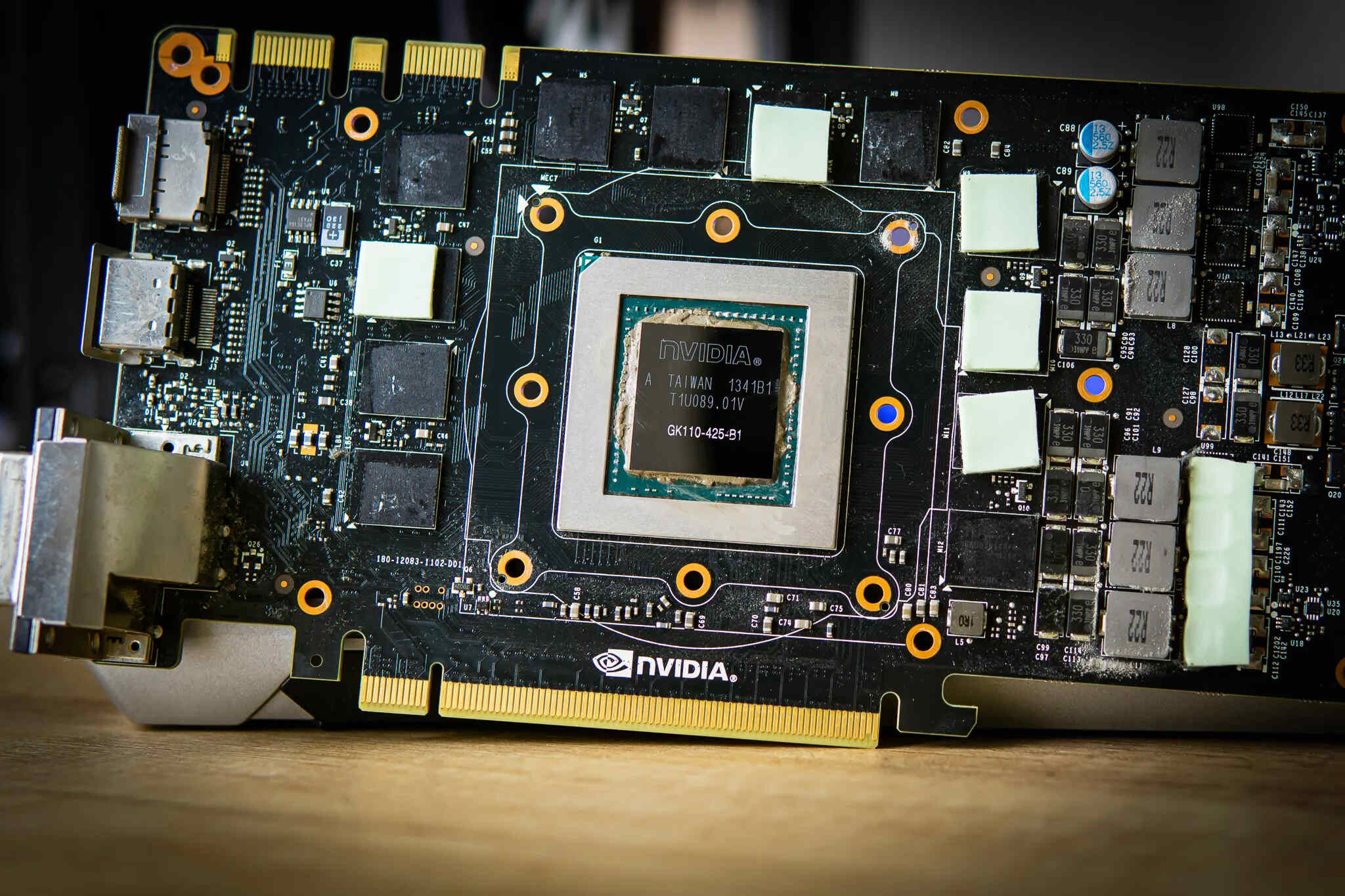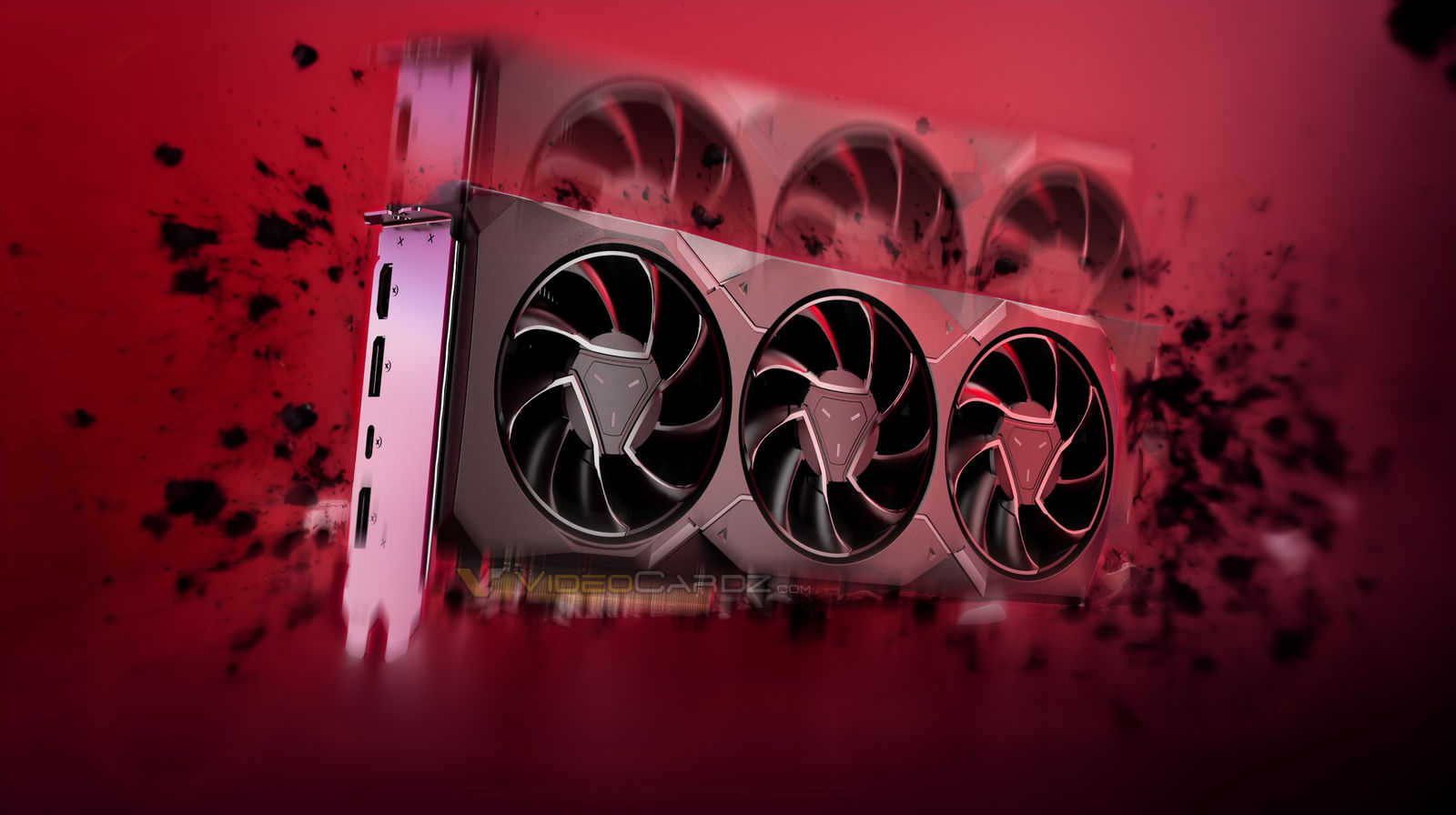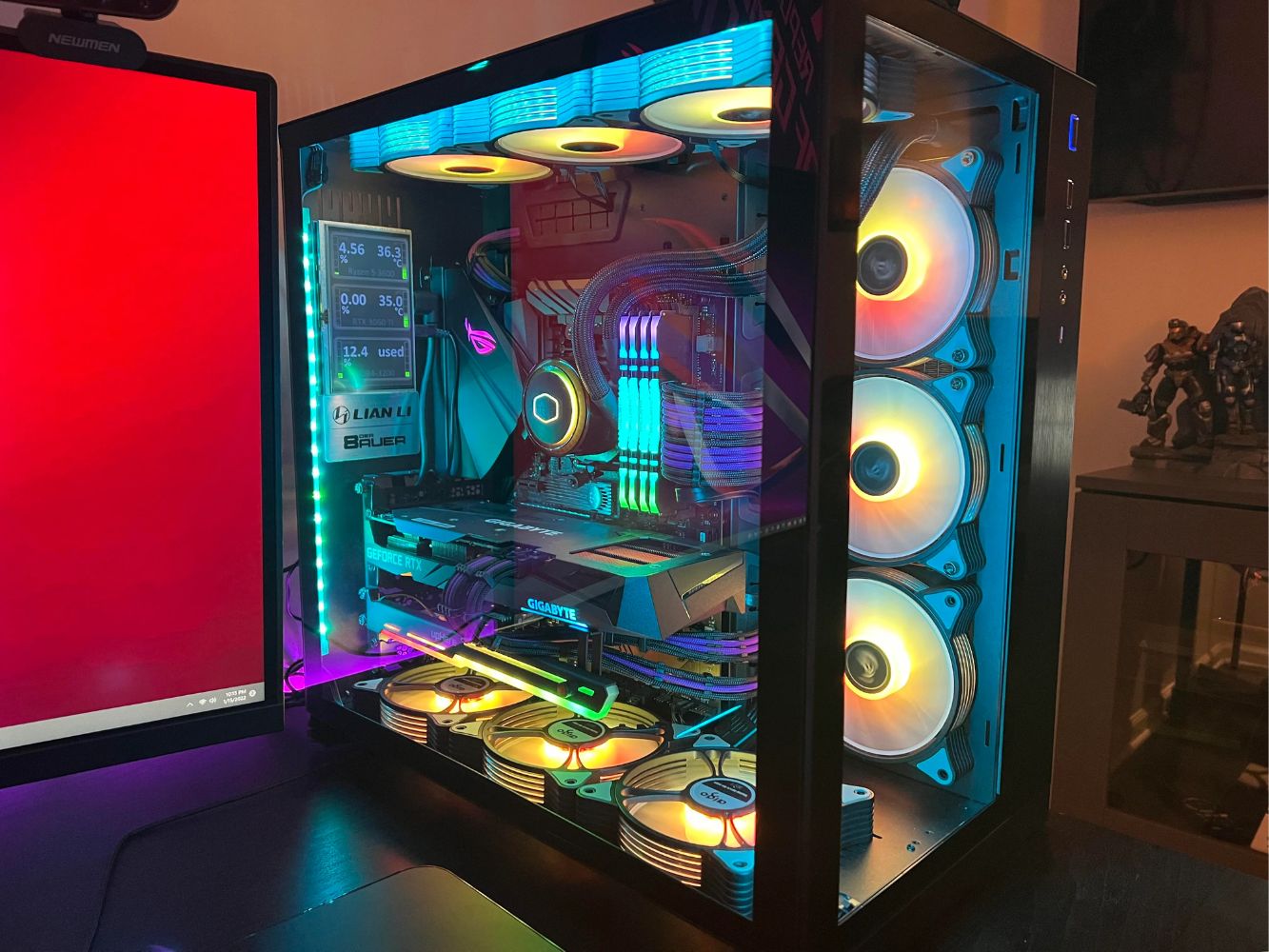Introduction
The world of technology is constantly evolving, and with it, the demand for high-performance computing continues to surge. In this landscape, graphics processing units (GPUs) play a pivotal role in powering a myriad of applications, from gaming and multimedia content creation to scientific simulations and artificial intelligence. However, as the capabilities of GPUs have advanced, so too have the challenges associated with managing their thermal performance.
One critical aspect that demands attention is the phenomenon known as GPU hotspot. This technical anomaly can significantly impact the overall stability and longevity of a GPU, making it a crucial concern for both hardware enthusiasts and professionals in the field of high-performance computing.
Understanding the intricacies of GPU hotspot is essential for anyone seeking to optimize the performance and reliability of their computing systems. This article provides a comprehensive overview of GPU hotspot, delving into its causes, impact, and the measures available for effective monitoring and management. By gaining insights into this phenomenon, readers will be better equipped to safeguard their GPUs against potential thermal issues, thereby ensuring optimal performance and longevity.
What is GPU Hotspot?
GPU hotspot refers to a specific area on a graphics processing unit (GPU) that experiences exceptionally high temperatures compared to the rest of the chip. This localized overheating can occur due to the uneven distribution of thermal energy during intensive computational tasks, such as gaming, rendering, or cryptocurrency mining. The hotspot typically emerges in regions where the concentration of transistors and circuitry is dense, leading to heightened power consumption and subsequent heat generation.
The GPU hotspot is a critical concern as it can compromise the overall stability and longevity of the graphics card. Prolonged exposure to elevated temperatures can accelerate wear and tear on the GPU, potentially leading to performance degradation and even hardware failure over time. This thermal anomaly poses a significant challenge for users and system builders, necessitating a deeper understanding of its underlying causes and the potential impact on the GPU's functionality.
In modern GPUs, the hotspot is often exacerbated by the compact and intricate design of the chip, which aims to maximize computational power within a confined space. As a result, the thermal dissipation across the GPU's surface may not be uniform, leading to the emergence of localized hotspots. These hotspots can hinder the overall thermal management of the GPU, creating a bottleneck in the dissipation of heat and impeding the effectiveness of cooling solutions.
Addressing the GPU hotspot requires a multifaceted approach, encompassing both hardware and software considerations. By comprehending the intricacies of this thermal phenomenon, users can implement targeted strategies to mitigate its impact and optimize the thermal performance of their GPUs. Through proactive measures and informed decision-making, individuals can safeguard their GPUs against the detrimental effects of hotspot-induced thermal stress, thereby ensuring sustained reliability and performance.
Understanding the GPU hotspot is pivotal for anyone seeking to maximize the potential of their graphics card while mitigating the risks associated with thermal irregularities. By delving into the nuances of this technical anomaly, users can equip themselves with the knowledge needed to make informed choices regarding GPU utilization and thermal management, ultimately enhancing the overall efficiency and longevity of their computing systems.
Causes of GPU Hotspot
The causes of GPU hotspot can be attributed to a confluence of factors intrinsic to the design and operation of modern graphics processing units. Understanding these underlying causes is paramount for effectively addressing and mitigating the thermal challenges associated with GPU hotspot. Below are the primary factors contributing to the emergence of GPU hotspot:
-
High Power Density: Modern GPUs are engineered to deliver exceptional computational power, often featuring densely packed transistors and complex circuitry. During intense computational tasks, such as gaming or rendering, these densely populated regions of the GPU can exhibit heightened power consumption, leading to localized heat generation and the formation of hotspots.
-
Thermal Dissipation Inefficiencies: The compact and intricate design of GPUs can impede the uniform dissipation of heat across the chip's surface. As a result, certain areas may experience inadequate cooling, exacerbating the formation of hotspots. This thermal dissipation inefficiency can be further compounded by suboptimal cooling solutions or insufficient airflow within the system.
-
Voltage Regulator Modules (VRMs): Voltage regulator modules, essential components for regulating the GPU's power supply, can contribute to the formation of hotspots. Inadequate thermal management of VRMs can lead to localized overheating, impacting the adjacent areas of the GPU and contributing to the emergence of hotspots.
-
Overclocking and Overvolting: Aggressive overclocking and overvolting practices, often employed to maximize GPU performance, can significantly elevate power consumption and heat generation. These practices can exacerbate the formation of hotspots, particularly in regions of the GPU that are subjected to heightened voltage and frequency levels.
-
Inadequate Cooling Solutions: Substandard cooling solutions, including inefficient thermal interfaces, insufficient heat sinks, or inadequate fan configurations, can impede the effective dissipation of heat from the GPU. This can lead to the concentration of thermal energy in specific areas, fostering the development of hotspots.
By comprehending these underlying causes, users and system builders can proactively address the thermal challenges associated with GPU hotspot. Through strategic hardware configurations, optimized cooling solutions, and prudent utilization practices, individuals can mitigate the impact of hotspots and ensure the sustained thermal performance and reliability of their GPUs.
Impact of GPU Hotspot
The presence of GPU hotspot can exert a multifaceted impact on the overall functionality and longevity of a graphics processing unit (GPU). Understanding the ramifications of this thermal anomaly is crucial for users and system builders seeking to optimize the performance and reliability of their computing systems. The following insights illuminate the diverse impact of GPU hotspot:
-
Performance Degradation: GPU hotspot can engender performance degradation, compromising the computational efficiency and responsiveness of the graphics card. Prolonged exposure to elevated temperatures can lead to thermal throttling, a protective mechanism employed by GPUs to mitigate heat-induced damage. This can result in reduced clock speeds and computational throughput, impeding the GPU's ability to deliver optimal performance during demanding tasks such as gaming and rendering.
-
Hardware Reliability: The sustained presence of hotspots can undermine the long-term reliability of the GPU. Elevated temperatures can accelerate the degradation of semiconductor materials, potentially leading to diminished component lifespan and increased susceptibility to hardware failures. Over time, the structural integrity of the GPU may be compromised, necessitating premature replacement or repair, thereby incurring additional costs and disruptions.
-
System Stability: GPU hotspot can introduce instability into the overall system, manifesting as erratic performance, graphical artifacts, and potential system crashes. The localized overheating within the GPU can disrupt the harmonious operation of the entire computing system, impacting user experience and hindering the seamless execution of resource-intensive applications.
-
Thermal Management Challenges: Addressing GPU hotspot necessitates enhanced thermal management strategies, often requiring the implementation of more robust cooling solutions and meticulous system configurations. The presence of hotspots can strain existing cooling mechanisms, necessitating proactive measures to optimize thermal dissipation and maintain the GPU within safe operating temperatures. This can entail additional investments in cooling infrastructure and system modifications to mitigate the impact of hotspots.
-
Long-Term Durability: Hotspots can compromise the long-term durability of the GPU, potentially shortening its operational lifespan and diminishing its resilience to prolonged usage under demanding workloads. The cumulative effects of thermal stress can manifest as diminished performance consistency and increased susceptibility to thermal-induced malfunctions, necessitating vigilant monitoring and proactive mitigation efforts.
By comprehending the multifaceted impact of GPU hotspot, users can adopt informed strategies to safeguard their GPUs against the detrimental effects of thermal irregularities. Through diligent monitoring, targeted cooling solutions, and prudent utilization practices, individuals can mitigate the impact of hotspots and ensure sustained reliability and performance of their GPUs.
Monitoring and Managing GPU Hotspot
Effective monitoring and management of GPU hotspot are pivotal for maintaining the thermal performance and longevity of a graphics processing unit (GPU). By implementing proactive measures and leveraging advanced monitoring tools, users can mitigate the impact of hotspots and optimize the thermal stability of their GPUs.
Thermal Monitoring Tools
Utilizing specialized thermal monitoring software enables users to track the temperature distribution across the GPU, facilitating the identification of potential hotspots. These tools provide real-time temperature readouts, thermal maps, and historical data, allowing users to discern patterns of thermal irregularities and pinpoint areas of localized overheating. By leveraging these insights, users can implement targeted interventions to address hotspots and optimize the overall thermal management of their GPUs.
Enhanced Cooling Solutions
Implementing robust cooling solutions is essential for managing GPU hotspot. Upgrading to high-performance aftermarket cooling solutions, such as advanced heatsinks, liquid cooling systems, or enhanced fan configurations, can bolster the thermal dissipation capabilities of the GPU. By optimizing airflow and heat dissipation, users can mitigate the formation of hotspots and maintain the GPU within safe operating temperatures, thereby safeguarding its performance and reliability.
Undervolting and Power Limiting
Strategic undervolting and power limiting practices can effectively mitigate the impact of GPU hotspot. By optimizing voltage and power delivery to the GPU, users can reduce thermal stress and minimize the formation of hotspots during intensive computational tasks. These measures enable users to strike a balance between performance and thermal management, ensuring sustained stability and longevity of the GPU while mitigating the risks associated with localized overheating.
Firmware and Driver Updates
Regularly updating the GPU's firmware and drivers is crucial for addressing thermal irregularities, including hotspots. Manufacturers often release firmware and driver updates that incorporate enhanced thermal management algorithms and optimizations. By staying abreast of these updates and implementing them diligently, users can leverage the latest advancements in thermal management, thereby mitigating the impact of hotspots and optimizing the overall thermal performance of their GPUs.
Utilization Monitoring and Optimization
Prudent utilization monitoring and optimization practices are instrumental in managing GPU hotspot. By monitoring the GPU's utilization during intensive workloads, users can identify scenarios that contribute to the formation of hotspots. Implementing workload optimizations, such as adjusting graphical settings or employing task-specific GPU utilization profiles, can mitigate thermal stress and minimize the occurrence of hotspots, ensuring sustained stability and performance of the GPU.
By embracing these proactive strategies and leveraging advanced monitoring tools, users can effectively manage GPU hotspot, safeguarding the thermal performance and longevity of their graphics cards. Through a holistic approach encompassing thermal monitoring, enhanced cooling solutions, utilization optimization, and firmware updates, individuals can mitigate the impact of hotspots and ensure sustained reliability and performance of their GPUs.
Conclusion
In conclusion, the phenomenon of GPU hotspot represents a critical thermal challenge that demands attention in the realm of high-performance computing. By understanding the causes, impact, and effective management strategies associated with GPU hotspot, users and system builders can proactively safeguard their graphics cards against the detrimental effects of localized overheating.
The causes of GPU hotspot, ranging from high power density and thermal dissipation inefficiencies to voltage regulator modules and aggressive overclocking practices, underscore the intricate interplay of hardware and utilization factors contributing to this thermal anomaly. By comprehending these underlying causes, individuals can adopt targeted interventions to mitigate the impact of hotspots and optimize the thermal performance of their GPUs.
The impact of GPU hotspot spans performance degradation, hardware reliability concerns, system stability challenges, thermal management complexities, and long-term durability considerations. This multifaceted impact underscores the significance of addressing GPU hotspot through proactive monitoring and management, thereby ensuring sustained reliability and performance of the graphics card.
Effective monitoring and management of GPU hotspot entail leveraging advanced thermal monitoring tools, implementing enhanced cooling solutions, strategic undervolting and power limiting practices, diligent firmware and driver updates, and prudent utilization monitoring and optimization. By embracing these proactive strategies, users can mitigate the impact of hotspots and optimize the thermal stability of their GPUs, ensuring sustained reliability and performance under demanding workloads.
Ultimately, the comprehensive understanding and proactive management of GPU hotspot are pivotal for maximizing the potential of graphics cards while mitigating the risks associated with thermal irregularities. By integrating targeted interventions and leveraging advanced monitoring tools, individuals can navigate the complexities of GPU hotspot, ensuring sustained reliability and performance of their computing systems in the dynamic landscape of high-performance computing.

























